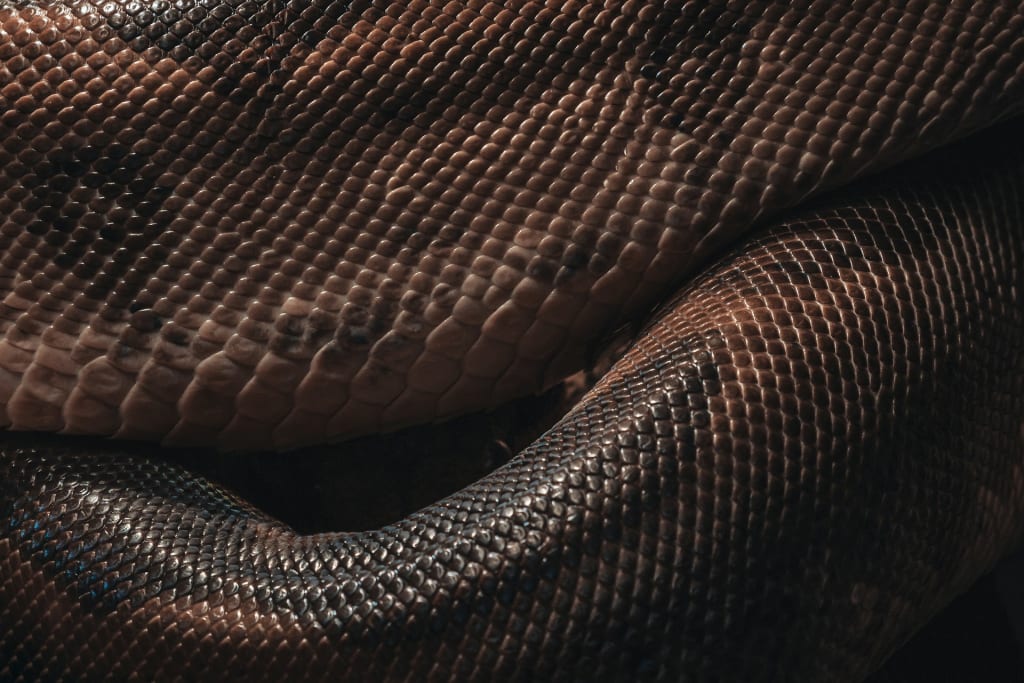What If You Drank Snake Venom
Exploring the World of Venomous and Poisonous Creatures

Have you ever wondered about the nature of substances that are dangerous for any living creature? They may seem to be similar, but in reality, there are significant differences between them. In this article, we will explore the distinctions between poisonous and venomous substances and how they affect living beings.
Imagine two glasses in front of you. One has sour milk, and the other has snake venom from the Vipera aspis snake, one of the most dangerous snakes in the world. Which liquid do you think is hazardous to your health? Surprisingly, it's the sour milk. Drinking it can cause bloating, indigestion, and heartburn. On the other hand, drinking snake venom won't hurt you because gastric juice in your stomach breaks down the venomous proteins like any other food. The toxin in the venom can only harm you if it enters your bloodstream, which can happen if you have a wound in your mouth or stomach. However, some animals secrete a type of poison that can penetrate your body with just physical contact, which is different from venom. Poisonous animals can poison you passively, like the poison dart frog that secretes one of the most dangerous poisons on Earth. Even though it doesn't attack anyone, people still fear touching it because the toxin particles contained in its poison are so small that they can easily get into your skin pores and cause a severe reaction in your body.
Venomous animals have larger toxin particles that can get inside your body only through injection. Venomous snakes, wasps, spiders, and other creatures use venom to attack prey. Poisonous frogs or fish covered with poisonous skin use toxins to defend themselves. That's the difference.
Box jellyfish are one of the most venomous creatures in the world. When they sting, they inject a powerful toxin that can affect the nervous system and skin cells of their prey. They are dangerous to sea creatures and people alike. The toxin acts quickly and can cause serious health problems within minutes.
Pufferfish are one of the most poisonous creatures in the world, besides the poison dart frog, and are a famous Japanese delicacy. If not prepared correctly, they can be poisonous even after heat treatment. The toxin found in pufferfish is a thousand times more potent than cyanide. The amount of poison inside one pufferfish contains enough toxin to seriously harm several dozen people. When the fish feels danger, it swallows a lot of air along with water and increases in size. In this state, its needles, which contain the toxin, become even more dangerous. So never touch this fish if you see it in the sea.
The Australian platypus is a venomous mammal that uses its tiny needles on its palms to secrete toxins. It can paralyze an opponent with a kick. These animals also use poison during mating competitions. Their bodies enhance the properties of the toxins to defeat competitors during the fight for a female. Two males struggle to weaken each other, and the male whose poison is more effective wins the battle.
The cone snail is a small creature that hides inside its home and waits for a little fish to swim closer. Then, it shoots a toxic harpoon from its proboscis, paralyzing the fish, and eats it whole. The venom of the cone snail is harmful to humans and can cause severe problems with breathing, vision, and other issues. However, scientists have discovered that the substance contained in the poison of the cone snail can also be used to make a powerful painkiller.
Another animal that uses its venom for both good and bad is The Gila monster. Its bite is considered one of the most painful in the world because of the neurotoxin it produces in its salivary gland. People who were attacked by The Gila monster described experiencing hot lava flowing through their veins. However, scientists have found a hormone in the venom that can treat diabetes effectively.
Some poisons cause muscle paralysis, others can create breathing problems, and others raise blood pressure. But why are they all different? All these differences depend on the prey that venomous animals hunt. For example, most vipers prey on small mammals with a fast metabolism. Therefore, reptiles have developed venom that disrupts blood clotting, resulting in a fast-running hare quickly losing control of its body. However, for cold-blooded animals, such as lizards, venom that affects the nervous system is more effective.
About the Creator
Enjoyed the story? Support the Creator.
Subscribe for free to receive all their stories in your feed. You could also pledge your support or give them a one-off tip, letting them know you appreciate their work.





Comments (1)
Test is not accepting comments at the moment
Want to show your support? Send them a one-off tip.